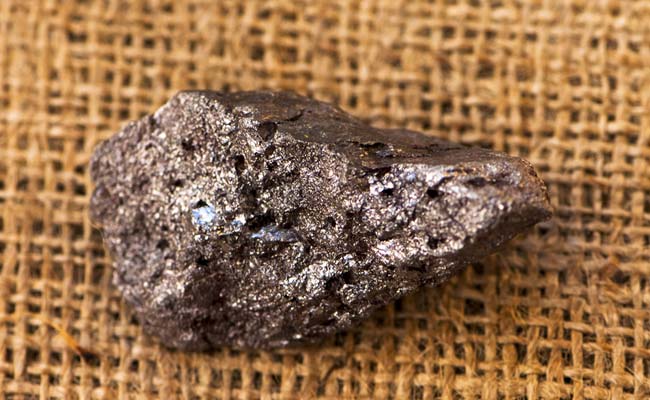When you stumble upon a rock that catches your eye, it can evoke a sense of curiosity and excitement. But how do you determine if that rock is merely a pretty stone or a valuable specimen? In this article, we will delve into the essential steps and considerations for identifying valuable rocks, providing you with a practical guide that combines scientific knowledge with hands-on techniques.
Understanding Rock Types and Their Value
Before diving into the identification process, it's crucial to understand the different types of rocks and their potential value. Rocks are generally classified into three categories: igneous, sedimentary, and metamorphic. Each type can contain valuable minerals or gemstones, which can significantly affect their worth.
- Igneous Rocks: Formed from cooled magma or lava, these rocks can contain valuable minerals such as quartz, feldspar, and even precious metals like gold and silver.
- Sedimentary Rocks: These rocks are formed from the accumulation of sediment and can include fossils, coal, and minerals like limestone, which can be valuable in certain contexts.
- Metamorphic Rocks: Created under heat and pressure, metamorphic rocks can contain valuable minerals such as garnet, jade, and marble.
Key Characteristics to Examine
Once you have a basic understanding of rock types, the next step is to examine the rock you found. Here are some key characteristics to consider:
- Color and Luster
The color of a rock can provide clues about its mineral composition. For instance, a vibrant green rock may indicate the presence of jade or malachite, while a sparkling appearance could suggest quartz or mica. Luster, which refers to how light interacts with the surface of the rock, can also be indicative of its value. Metallic luster often suggests the presence of valuable minerals.
- Hardness
The Mohs scale of mineral hardness is a useful tool for assessing the durability of a rock. A simple scratch test can help you determine its hardness. For example, if the rock can scratch glass (hardness of 5.5), it may contain valuable minerals like quartz or topaz.
- Texture and Structure
The texture of a rock can reveal much about its formation and potential value. For example, a rock with a crystalline structure may indicate the presence of valuable gemstones. Additionally, the presence of unique patterns or inclusions can enhance a rock's aesthetic appeal and, consequently, its value.
- Weight and Density
Heftier rocks may indicate a higher mineral content, which can be a sign of value. For instance, rocks containing metals like gold or lead will feel significantly heavier than their size suggests. Using a scale to weigh your rock can provide insights into its potential worth.
Conducting Field Tests
In addition to visual inspection, there are several field tests you can conduct to further assess the value of your rock:
- Acid Test
For certain rocks, particularly carbonates like limestone, an acid test can reveal valuable minerals. Applying a few drops of vinegar or hydrochloric acid can produce fizzing if carbonate minerals are present.
- Magnet Test
Some valuable minerals, such as magnetite, are magnetic. Using a small magnet can help you identify these minerals quickly.
- UV Light Test
Certain minerals fluoresce under ultraviolet light. For example, fluorite and calcite can exhibit vibrant colors when exposed to UV light, indicating their potential value.
Research and Expert Consultation
After conducting your tests, it’s essential to research your findings. Utilize online resources, mineral identification apps, and books on geology to compare your rock with known specimens. If you believe your rock may be particularly valuable, consider consulting a geologist or a gemologist for a professional evaluation.
Conclusion: The Journey of Discovery
Determining the value of a rock is not merely a matter of luck; it requires a combination of knowledge, observation, and research. By understanding rock types, examining key characteristics, conducting field tests, and seeking expert advice, you can confidently assess whether the rock you found is a hidden gem or just another stone. Remember, the journey of discovery is as valuable as the rock itself, offering insights into the natural world and the treasures it holds. Happy rock hunting!


